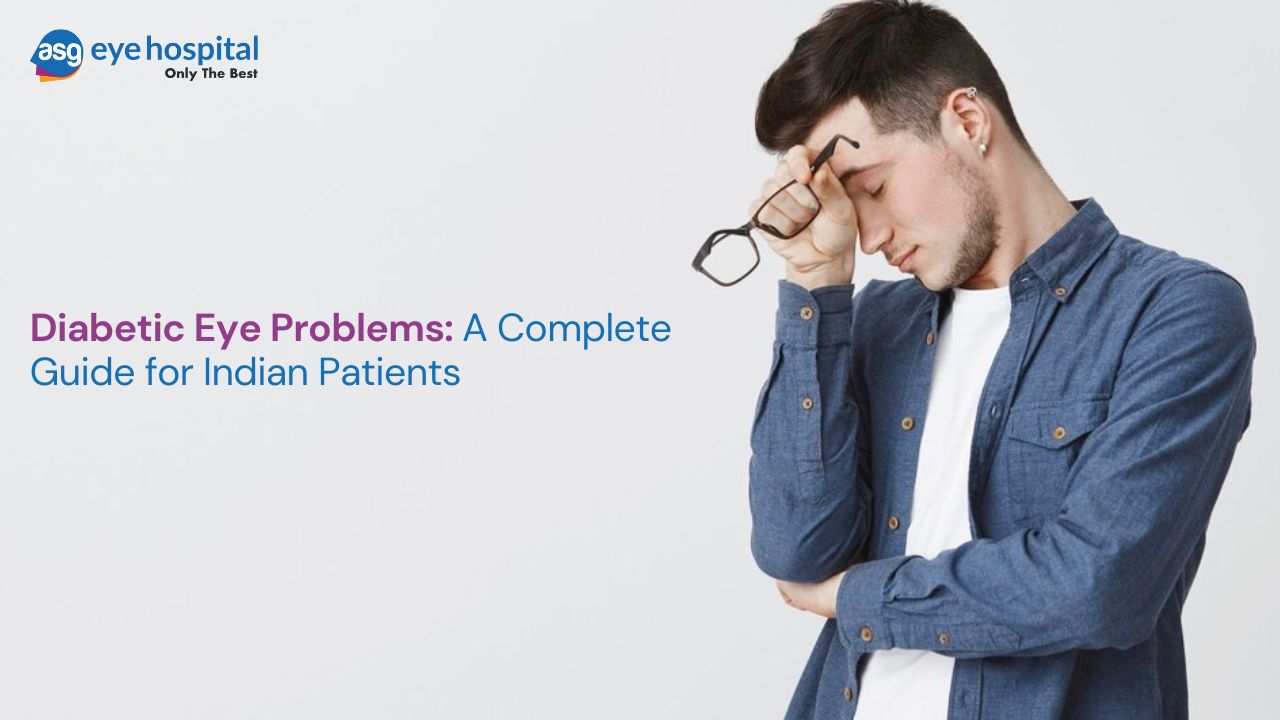 Real Blogger Outreach – Powerful Links. Zero Spam.
Real Blogger Outreach – Powerful Links. Zero Spam.
Diabetic Retinopathy Treatment: How to Save Your Vision Before It's Too Late
Written by Shrawan Singh Gohil » Updated on: June 17th, 2025

Diabetes doesn't just affect your blood sugar - it can steal your eyesight without warning. Diabetic retinopathy treatment has advanced significantly, offering hope to millions at risk of vision loss. This comprehensive guide will walk you through the latest treatment options, warning signs to watch for, and crucial steps to protect your vision before irreversible damage occurs.
Understanding Diabetic Retinopathy: Why Early Treatment Matters
Diabetic retinopathy develops when high blood sugar damages the retina's delicate blood vessels. Left untreated, it progresses through four dangerous stages:
Mild Nonproliferative Retinopathy: Small vessel bulges (microaneurysms) form
Moderate Nonproliferative Retinopathy: Blood vessels begin to block
Severe Nonproliferative Retinopathy: Widespread vessel blockage
Proliferative Retinopathy: New, abnormal blood vessels grow
The shocking truth? 90% of diabetes-related blindness is preventable with proper diabetic retinopathy treatment and management.
Warning Signs You Should Never Ignore
Many patients experience no symptoms until vision loss occurs. Watch for these red flags:
- Blurred or fluctuating vision
- Increasing floaters or dark spots
- Poor night vision
- Colors appearing faded
- Sudden vision loss (emergency situation)
Modern Diabetic Retinopathy Treatment Options
1. Anti-VEGF Injections (First-Line Treatment)
How it works: Monthly eye injections (Lucentis, Eylea, Avastin) block abnormal blood vessel growth
Success rate: Stops progression in 90% of cases when caught early
What to expect: Mild discomfort during 5-minute procedure
2. Laser Treatment (Focal and Scatter Photocoagulation)
Best for: Sealing leaking blood vessels (focal) or shrinking abnormal ones (scatter)
Procedure: Outpatient treatment with numbing drops
Recovery: Slight light sensitivity for 24-48 hours
3. Vitrectomy Surgery (Advanced Cases)
When needed: For vitreous hemorrhages or retinal detachment
Technology: Micro-incision surgery with gas bubble support
Recovery: 2-6 weeks with face-down positioning sometimes required
Breakthrough Treatments on the Horizon
Port Delivery System: Implant that slowly releases medication for 6+ months
Gene Therapy: One-time treatments currently in clinical trials
AI Monitoring: Home devices that detect changes before symptoms appear
The Critical Role of Prevention
While diabetic retinopathy treatment options exist, prevention is always better:
Control Blood Sugar: Maintain HbA1c below 7%
Manage Blood Pressure: Keep below 130/80 mmHg
Annual Eye Exams: Dilated pupil exams catch early changes
Quit Smoking: Doubles your risk of progression
Healthy Diet: Focus on leafy greens and omega-3s
What to Expect During Treatment
A typical diabetic retinopathy treatment plan involves:
Comprehensive Evaluation: OCT scans and fluorescein angiography
Personalized Protocol: Combination therapies often work best
Ongoing Monitoring: Every 2-6 months depending on severity
Cost and Insurance Coverage
Most insurance plans cover:
- 80-100% of anti-VEGF injections
- 90% of laser treatments
- 75-90% of vitrectomy surgery
Out-of-pocket costs typically range from 50−500 per treatment after insurance.
Success Rates and Long-Term Outlook
With consistent diabetic retinopathy treatment:
- 95% maintain useful vision with early intervention
- 60% show improved vision after anti-VEGF therapy
- 80% of laser-treated eyes avoid severe vision loss
When to Seek Emergency Care
Go immediately to an eye specialist if you experience:
- Sudden curtain-like vision loss
- Flashing lights with floaters
- Severe eye pain with nausea
Conclusion: Your Action Plan to Save Your Sight
Diabetic retinopathy treatment has never been more effective, but timing is everything. Follow this lifesaving plan:
- Schedule a dilated eye exam today if overdue
- Commit to all recommended treatments
- Monitor your vision daily using an Amsler grid
- Control your diabetes aggressively
Your vision is priceless. With today's diabetic retinopathy treatment options, blindness doesn't have to be your destiny. Take action now before it's too late.
Note: IndiBlogHub features both user-submitted and editorial content. We do not verify third-party contributions. Read our Disclaimer and Privacy Policyfor details.
Copyright © 2019-2025 IndiBlogHub.com. All rights reserved. Hosted on DigitalOcean for fast, reliable performance.











